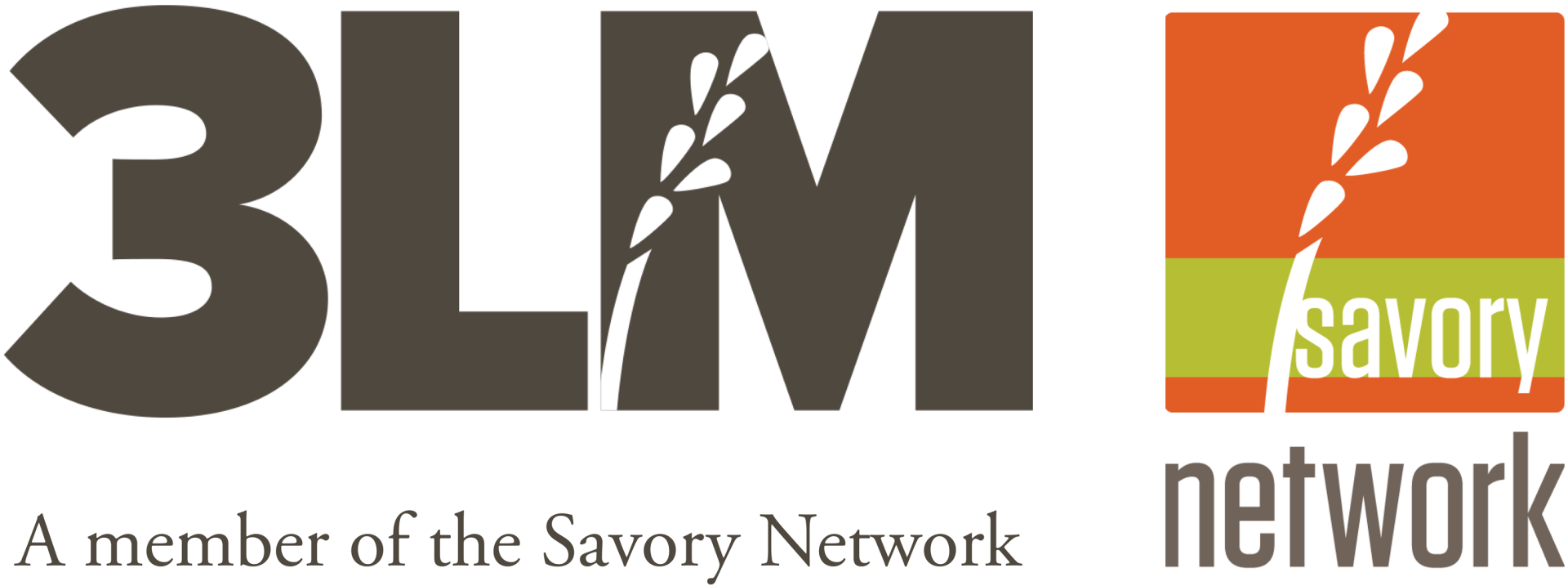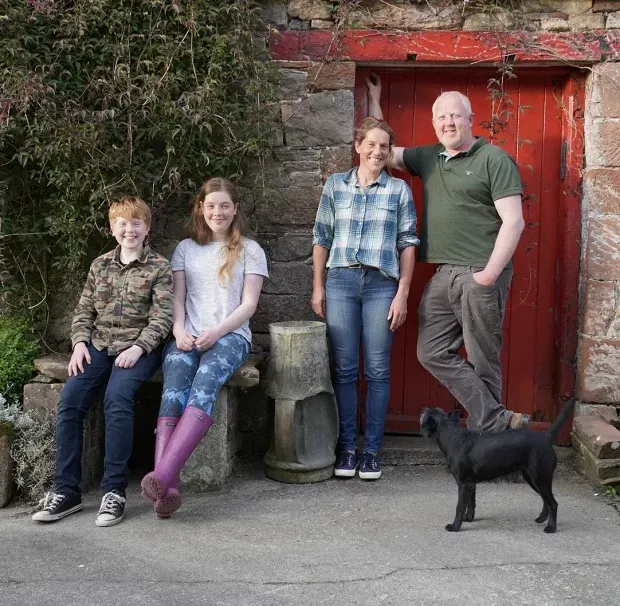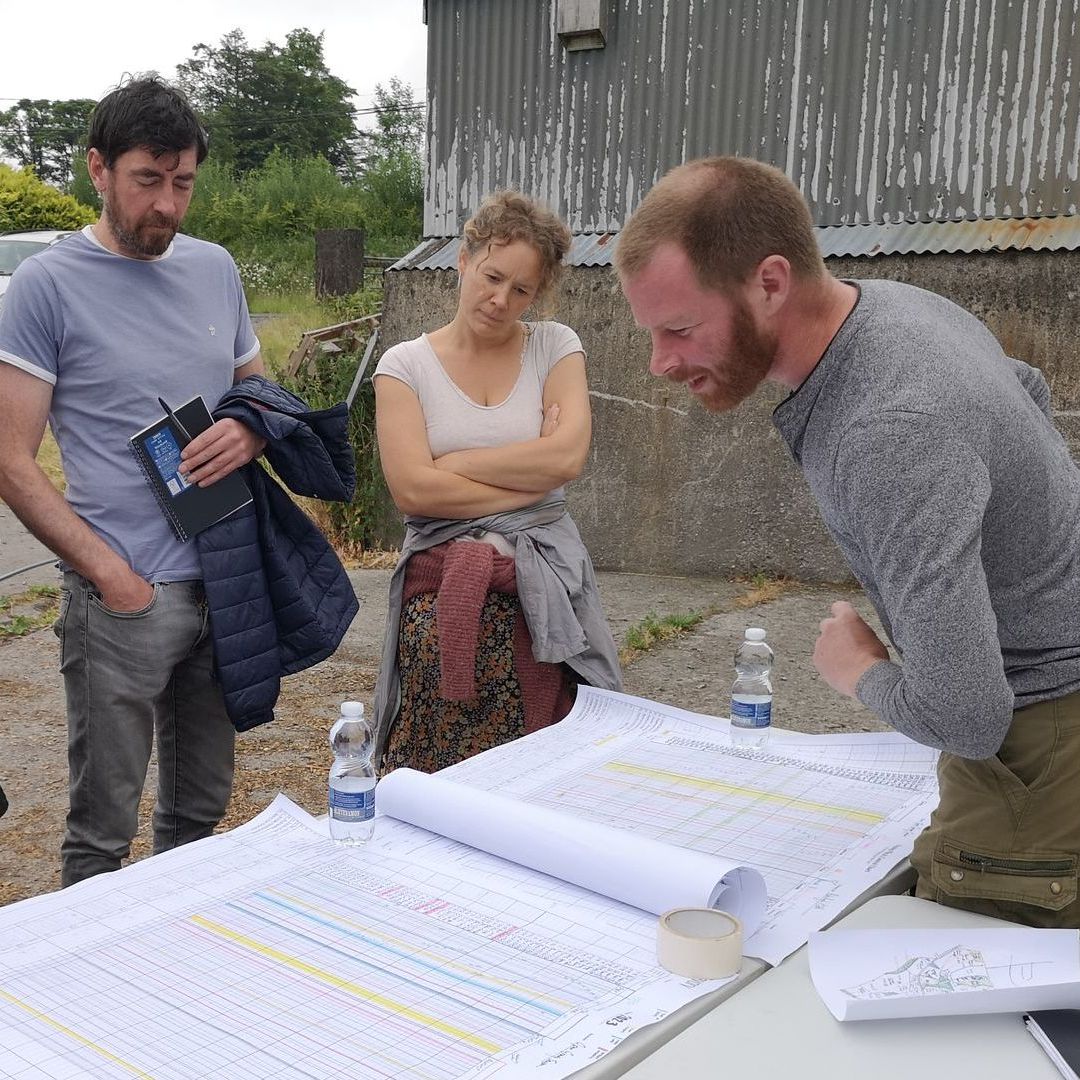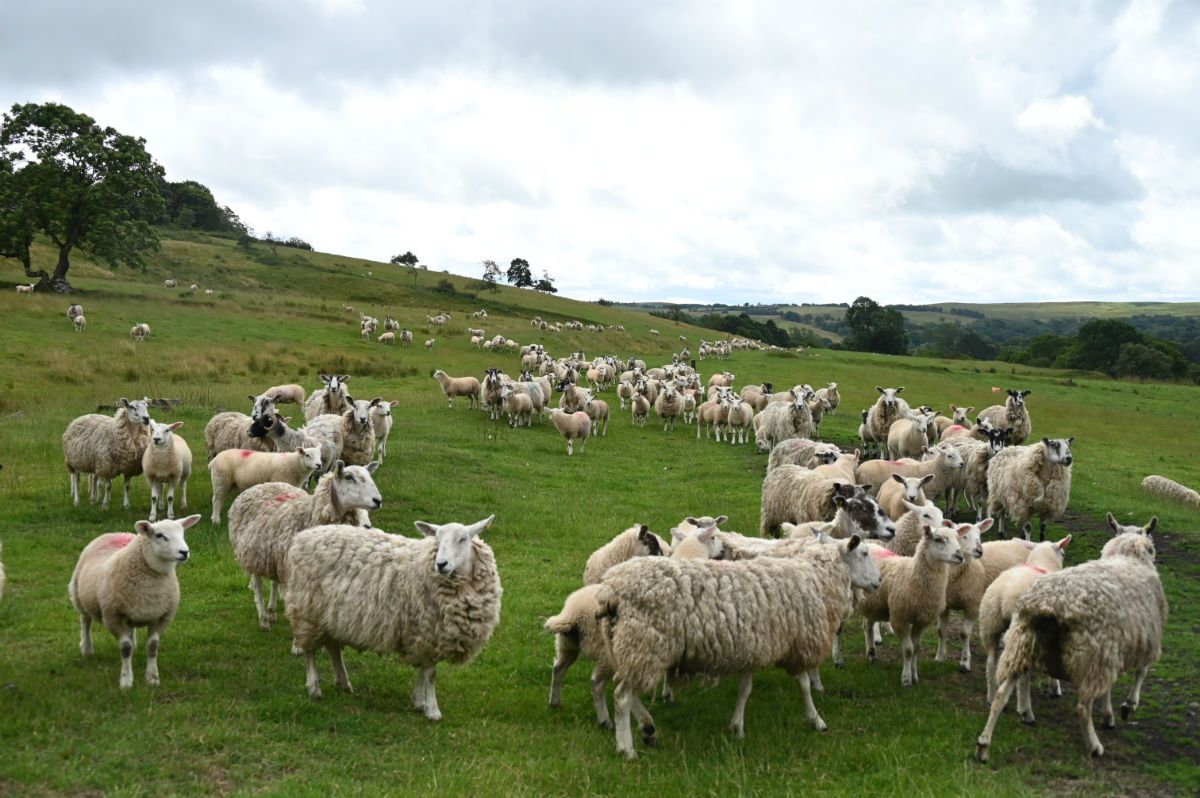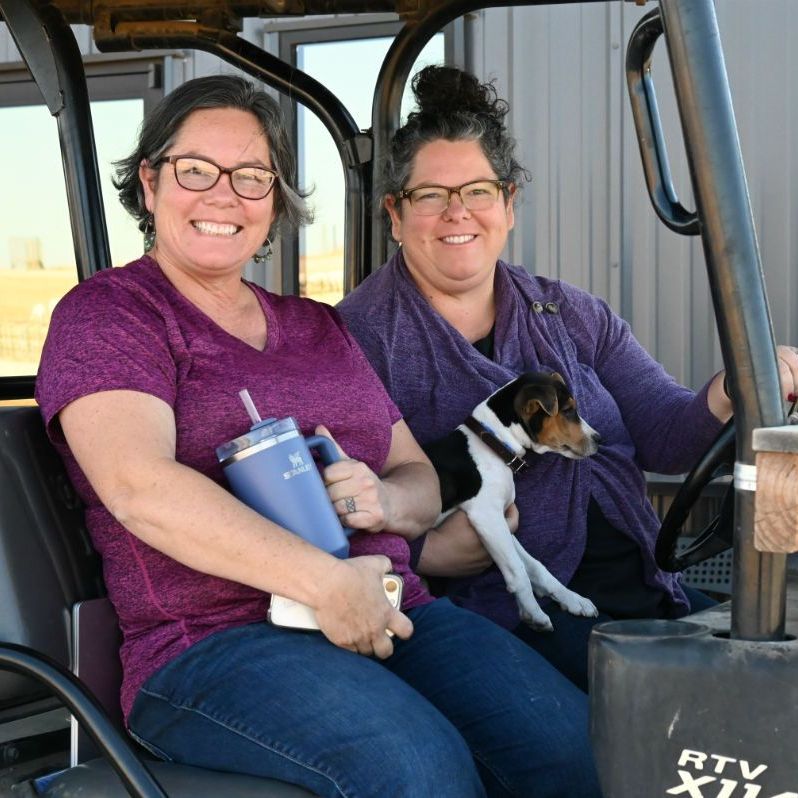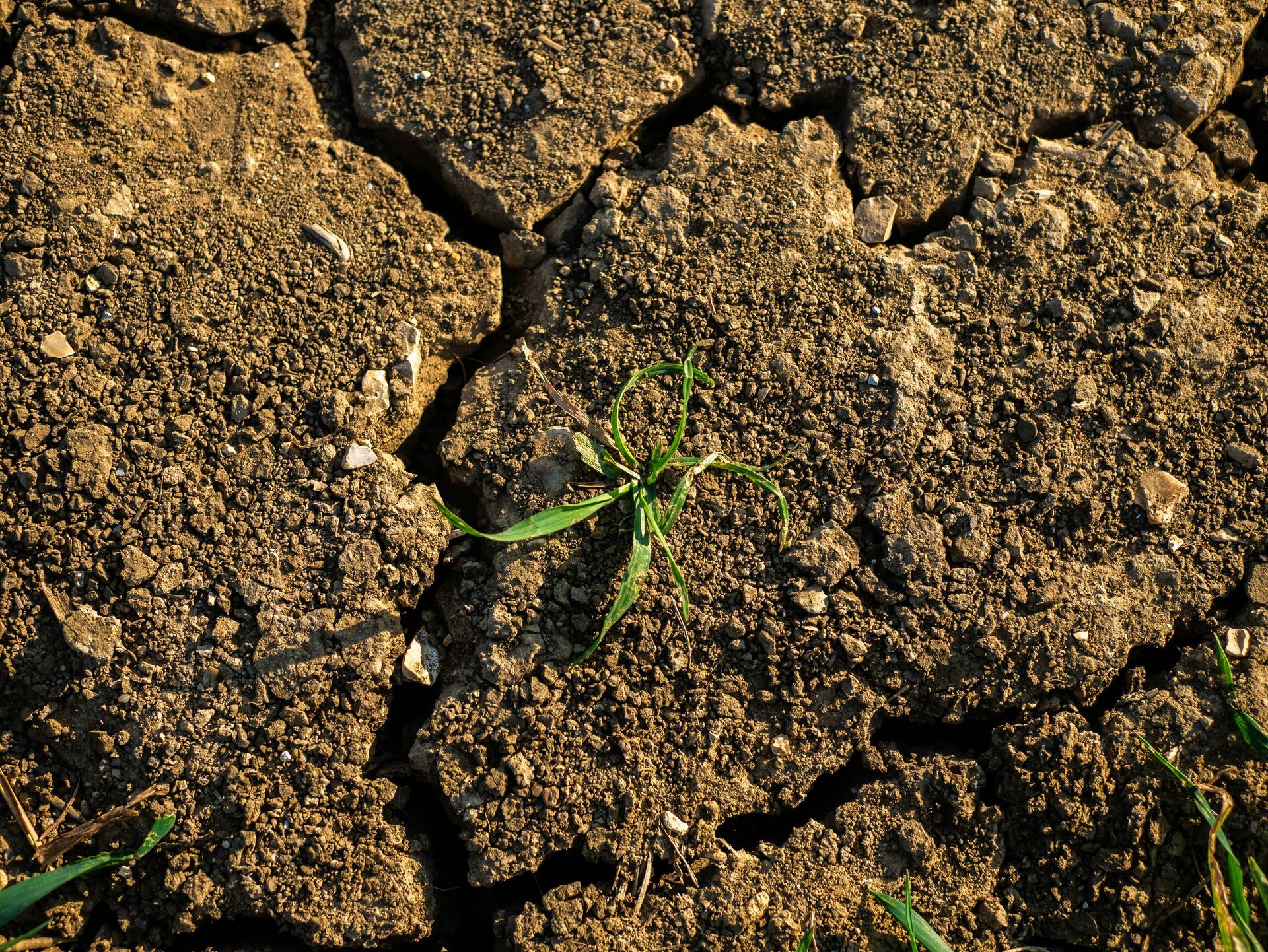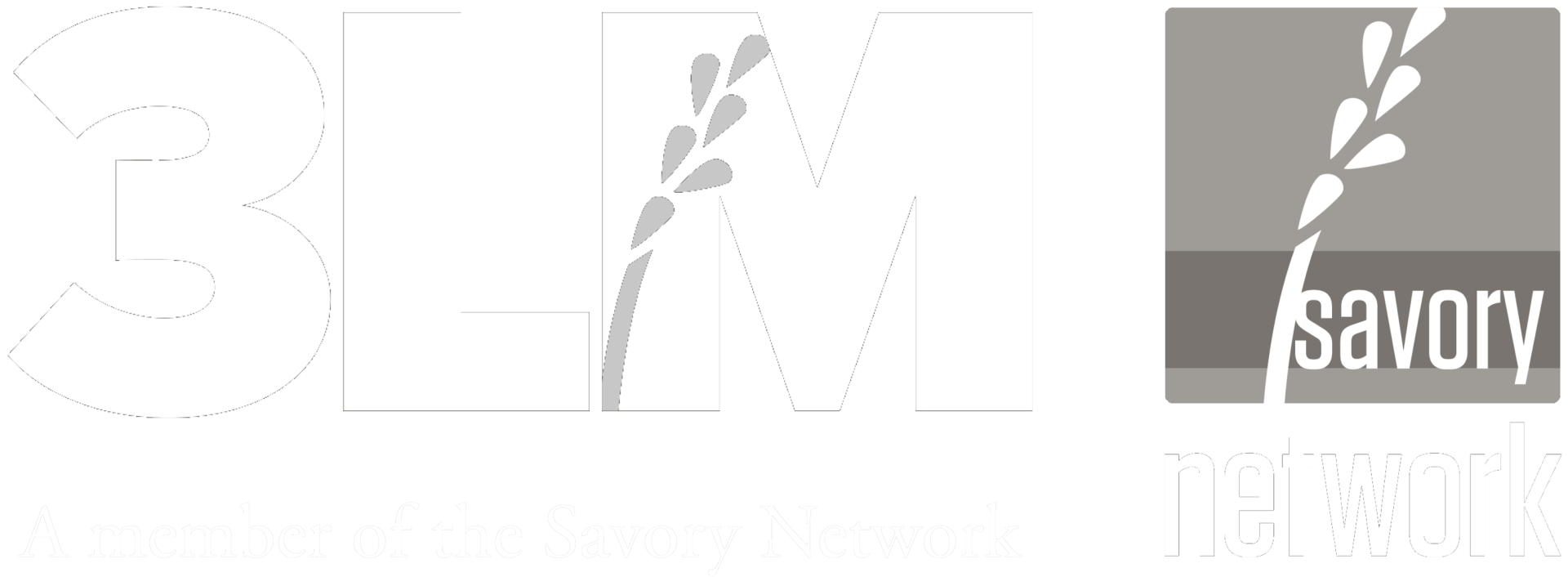Priorities for Profit
Sheila Cooke • 17 June 2020
Generating lasting wealth using Holistic Financial Planning
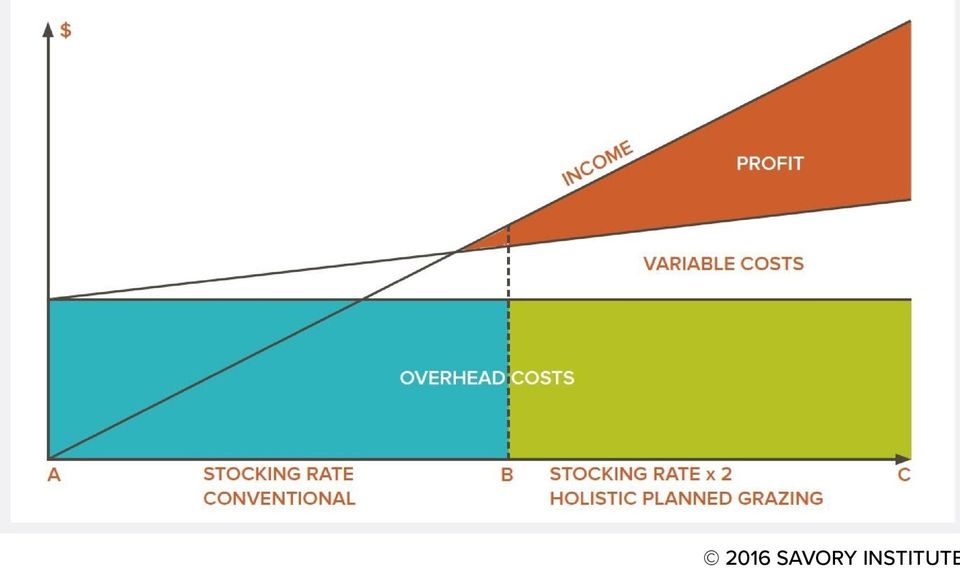
Allan Savory writes, 'In this chapter I provide an overview of the fundamentals, including the guidelines we use in the planning that generally result in a rapid increase in profitability -- a three hundred percent increase on average, according to one study.'*
I asked Allan for his source, and he sent me the 'Stinner Study', officially called, Biodiversity as an organizing principle in agroecosystem management: Case studies of holistic resource management practitioners in the USA, by Stinner, Stinner and Martsolf.
It is a treasure trove of information, and a worthwhile read. It represents true research about Holistic Management, because the authors recognise Holistic Management is a way of thinking and decision-making. They begin by explaining what Holistic Management is, then analyse the outcomes of 25 farmers who managed holistically for 1.5-17 years, with an average of 5.6 years.
Many positive outcomes were reported:
- PROFIT. With respect to changes in profit, 80% reported increases from their land since HRM** began influencing their decisions. Of these, 40% provided actual percentage increases which ranged from 60% to 1400% and averaged 386% (median 238%).
- WATER CYCLE. Many interviewees reported observing changes in soil erosion and hydrological cycles, such as springs and streams running where none had run for many years, and clear instead of murky water in ponds.
- BIODIVERSITY. While only 9% of the interviewees reported thinking about biodiversity in the context of their operations before being exposed to HRM, now all of them think biodiversity is important to the sustainability of their farms and ranches. Of the people interviewed, 95% perceived increases in biodiversity (particularly with respect to plants) and 80% perceived increase in profits from their land since HRM began influencing their decisions.
- QUALITY OF LIFE. 91% of the interviewees reported improvements in their quality of life because of changes in their time budgets.
Would you like to know how to generate lasting wealth? Then, please join us for Holistic Financial Planning Online:
- By following this simple-to-use, cash-based planning process, you can increase your profit, whilst improving quality of life and land health and productivity.
- There will be much that applies to your situation, no matter what your business or occupation.
- Develop a financial plan for your whole operation that is in alignment with your economic, social and ecological goals.
- Ask questions about your specific situation.
- A proven step-by-step procedure for focussing resources on getting out of debt, and making money.
- Do a Gross Profit Analysis of each of your enterprises, in order to bring in the most money for the least additional cost.
- WEDNESDAYS, 8 Jul -- 26 Aug 2020, 6:30 -- 9:00 PM, UK
- A 30% social upliftment discount is available now through the end of September on all online courses.
- Register using this link.
Have you already taken Holistic Financial Planning, either from 3LM or elsewhere, and want to repeat the training? Please contact us at info@3LM.network, and we will send you a discount code for 50% off.
*Holistic Management: A Commonsense Revolution to Restore our Environment, Third Edition, page 416.
** Holistic Management was called 'Holistic Resource Management' in 1997.

Agriculture in Ireland stands at a crossroads. One path keeps chasing ever-higher yields while costs for labour, feed, fertiliser, energy and infrastructure rise. Many urban people blame farmers, especially livestock farmers, for biodiversity loss and climate change. On this path, small family farms break down and are swallowed by large factory operations, replacing the patchwork of working farms. A return to the plantations of yore? Include the continued reduction in CAP payments and the possible loss of nitrogen derogation, and this yield-focussed path becomes increasingly unstable. On the other path, WE CHANGE how we see the land and our role on it. This path opens up to abundant biodiversity, resilient family farms and stronger ties between farmers and their communities. This is all within reach if we are willing to be humble, accept what we don’t already know, and explore ideas that have been developing on the margins for decades. Holistic Management offers principles that, when understood and applied, can transform farms into secure, productive businesses – the kind of farm any parent would want to hand to their son or daughter. On this path, the farmer thinks profit per acre, not yield. At 3LM we share this knowledge with farmers. Every farm is different, so it is for each farmer to adapt the principles to their own land and goals. Recently, I was fortunate to be invited to take part in the, Meat in the Middle , panel discussion at the inaugural Irish Climate Carnival. What: Climate Carnival Where: The Future of Food Stage Ballintubbert Gardens and House Stradbally Co. Laois Ireland When: 30th of September, 10:30 AM Panel Discussion: Meat in the Middle Who: Mick Kelly (host) John Gibbons (Environmental campaigner) Arthur Potts Dawson (Award winning Chef) Pippa Hackett (Senator and former Minister of State at the Department of Agriculture) Sam Fuller (3LM) The panel will explore the growing split between those who favour plant‑based diets and those who champion regenerative farming with animals. We’ll ask hard questions: are plant‑based diets the only ethical and environmental option? Can animal agriculture be sustainable or even beneficial for ecosystems? Is there a third way beyond polarised debate that leads to a truly sustainable food future? I will advocate for integrating livestock for several reasons. Humans are a keystone species on this island, and how we manage animals matters for building soil, encouraging biodiversity and maintaining a living, working landscape. Fatty red meat is one of the most nutrient- and energy-dense foods available. A farmer who grows and finishes cattle on their own land using their own forage strengthens local food security and rural life. A farmer who understands and uses Holistic Management is also one of the best allies the environmental movement could hope for.

What Are Indicators? The terms "leading" and "lagging indicators" originate from systems theory and are widely used in economics. In this context, leading indicators give clues about where the economy is going, while lagging indicators show us what has already happened. A classic leading indicator is the number of new job advertisements. If companies are posting lots of job openings, it usually means they expect business to grow soon — a sign the economy may be about to improve. A well-known lagging indicator is the unemployment rate. When the economy slows down, businesses take time to react, and layoffs often happen after the downturn has already begun. So while job ads can warn of change, unemployment confirms it has already occurred. Indicators in Ecology In ecology, particularly within Holistic Management, the same principles apply. Leading and lagging indicators help land managers respond to environmental changes more effectively. Ecological Outcome Verification (EOV) Ecological Outcome Verification (EOV) offers a structured framework for monitoring ecological health using both leading and lagging indicators. Classic leading indicators in EOV include: Dung distribution – shows how effectively animals are using the landscape, which relates to grazing impact. Litter cover – refers to plant material covering the soil surface, helping retain moisture and build organic matter. Soil capping – early signs of water infiltration issues and surface degradation. Classic lagging indicators in EOV include: Soil carbon content – a long-term measure of soil health Biodiversity (plant species richness) – reflects broader ecological balance, but responds slowly to changes in management. Water infiltration rates – reveal soil structure and function after long-term management effects. Leading indicators offer subtle, early signals that help land stewards adjust management in real time. Lagging indicators provide essential long-term feedback but often appear only after major changes have occurred. The Human Condition as a Lagging Indicator Human beings have been remarkably successful in inhabiting every climatic region on Earth, not through biological adaptation alone, but by modifying environments with tools, clothing, shelter, agriculture, and technology. This resilience has allowed us to thrive well beyond the natural carrying capacity of local ecosystems. By importing resources, controlling temperature, and artificially generating food and water, we have effectively decoupled our survival from the immediate health of our environments. However, this very success has dulled our sensitivity to ecological feedback. Because we buffer ourselves from natural limits, we often fail to notice when those limits are being breached. Our ability to override early warnings with technology — irrigation, fertilisers, antibiotics, global supply chains — means we no longer feel the signals of stress in ecosystems. In the past, poor soil meant failed crops and hunger, prompting quick behavioural change. Now, consequences are delayed, but not avoided. This resilience is deceptive. It creates the illusion of stability while ecological degradation accumulates in the background. By the time problems become visible — mass species extinction, collapsing insect populations, polluted waterways, declining soil fertility — critical thresholds may have already been crossed. Our responses come too late, often reactive rather than adaptive. Technology extends our comfort, but dulls our ecological sensitivity. Instead of being part of the feedback loop, we exist outside it — until the damage is undeniable. That is why human behaviour now functions as a lagging indicator. We wait for catastrophe before we act. A Flawed Operating System This lag is rooted in our worldview. Modernity, grounded in dualism and industrial logic, sees humans as masters of nature, not participants within a living whole. It encourages control, prediction, and efficiency over perception, humility, and adaptability. This mindset dulls our ecological senses. It overrides our capacity for intuitive, embodied responsiveness. It privileges measurable outputs over relational awareness. As a result, we are systemically insensitive to leading indicators. We miss the bare soil, the collapsed microbial life, the vanishing pollinators — until their absence disrupts our daily lives. In Holistic Management, trained observers — called monitors — are taught to read the land not only through long-term trends but through its moment-to-moment language. What would it mean for us, collectively, to read the Earth in this way? The Potential of Conscious Adaptation While we currently lag, we don’t have to. The beauty of holistic systems — and of life itself — is that they can be trained to respond more intelligently, more attentively, and more quickly. We can become leading indicators. We can tune into early signs of imbalance. We can feel into the edges of complexity before they fracture. We can act, not react. This shift begins with a new internal operating system, one that Holistic Management helps develop. When we define a Holistic Context for our lives, families, organisations, or communities, we begin making decisions rooted in long-term integrity rather than short-term gain. The health of soil, water, people, and purpose are no longer competing interests but interconnected essentials. This isn’t about idealism — it’s about function. It’s about survival through wholeness. Learning to Sense Again Our capacity to live regeneratively depends on our capacity to sense. Not just to measure or model, but to develop a more reliable holistic impression of nature.To be in a new relationship. To notice, to the best of our emergent abilities the nature of the wind, the soil, the plants, the insects and creatures, the changing seasons. In this way, our technological ingenuity isn’t the problem — our disconnection is. Perhaps the next evolution of human intelligence isn’t in artificial intelligence or global policy, but in restoring our capacity for attuned, holistic sensing — the kind of awareness a good grazer has, or a river shifting course to find flow. A Final Reflection The ecological crises we face today aren’t just about pollution or carbon. They are symptoms of a deeper crisis of responsiveness. We are not behaving as if we are part of the living system. We’re lagging, watching from the outside, narrating collapse like a documentary. But we can wake up. We can step back into the loop. Just as a landscape can recover when the right indicators are observed and the right context is held, so too can we — as individuals and as a species — become wise stewards of our place within the whole. If human behaviour is currently a lagging indicator, then the great challenge — and opportunity — of our time is to become a leading one. The very tool that enabled our extraordinary resilience — technology — can now be repurposed to restore our sensitivity and responsiveness. Rather than standing apart from nature, we can become an active part of it once again, adapting in real time and accelerating ecological recovery faster than passive rewilding alone ever could.
